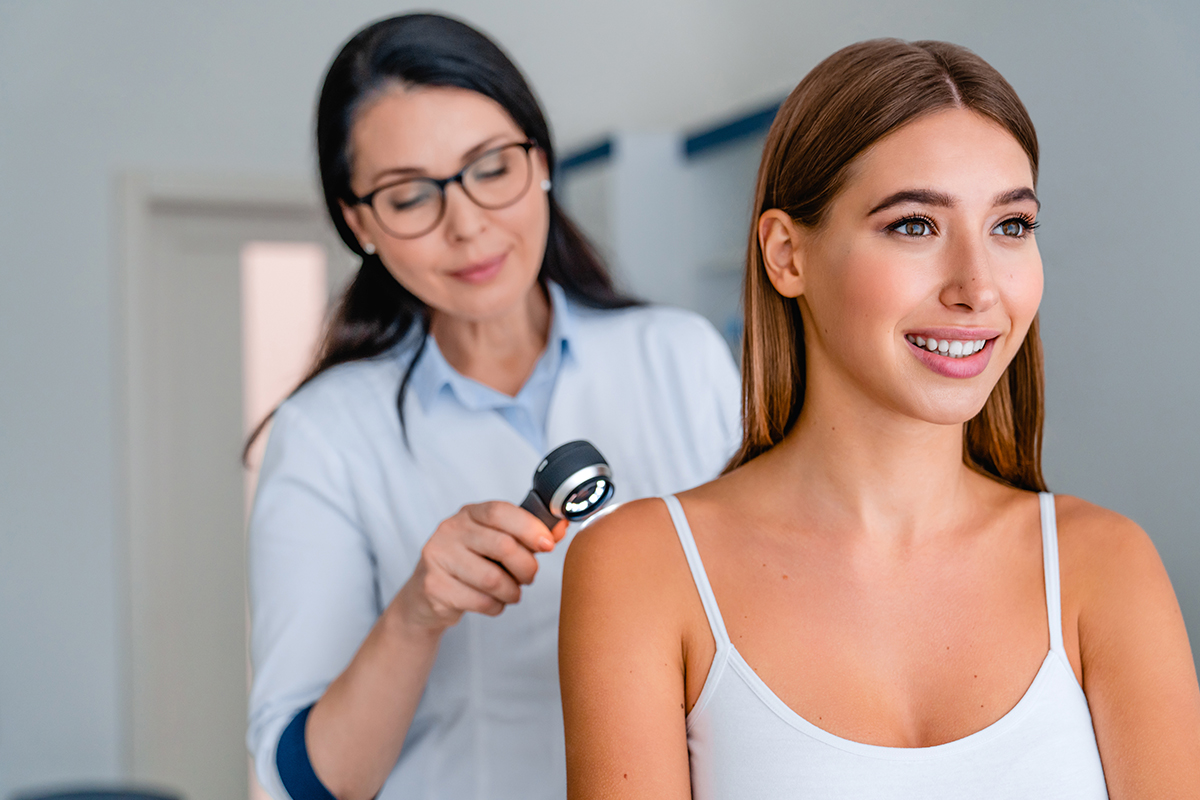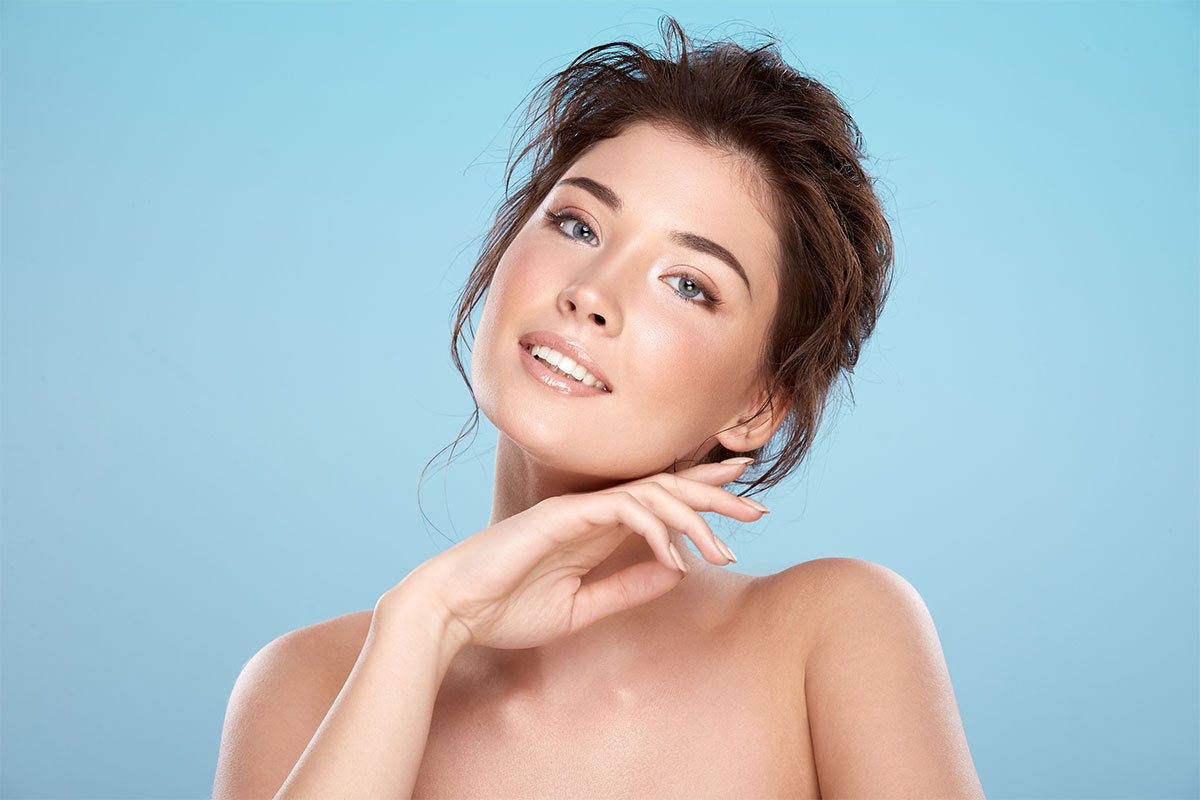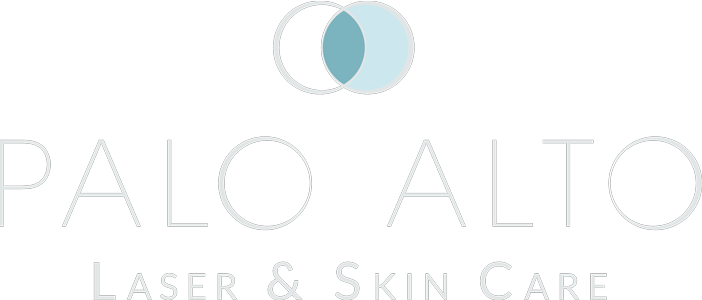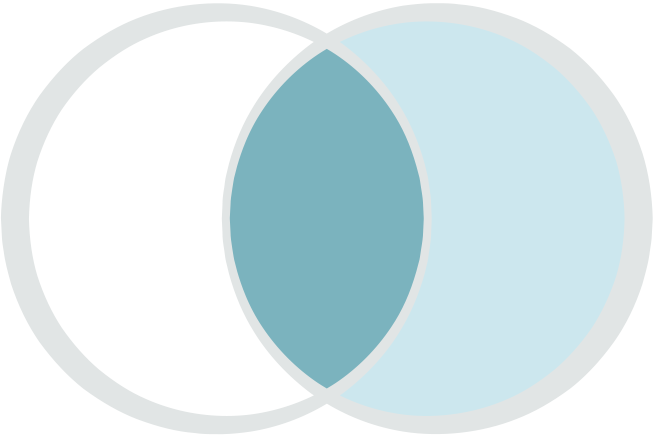There are many types of lesions and growths, and treatment must begin with a correct diagnosis. This starts with a consultation at Palo Alto Laser and Skin Care, where a treatment plan is developed based on the diagnosis and patient goals. Some of the most common growths and lesions include moles, actinic keratosis, sebaceous hyperplasia, seborrheic keratosis, cysts to just name a few.
TREATMENT FOR MOLES, SEBORRHEIC KERATOSES,
AND OTHER LESIONS AND GROWTHS
Not every lesion and growth requires removal and treatment for health and safety. However, a number of our clients choose to remove their skin lesions for purely esthetic reasons. The kind of the treatment is dependent on the type of growth and varies case by case. However, some of the most common treatments include

Types of Treatments for Skin Lesions and Growth Removal:
- Liquid Nitrogen (LN2)
- Hyfrecator
- Shave, punch, or excisional biopsy/removal
- Incision & Drainage (abscess)
- CO2RE
- Vbeam (angioma only)
- Picoway
These treatments are fast and comfortable, with topical and/or injected anesthetics used when warranted to ensure a pain-free experience. However, clients who are anxious about such procedures can always request Pro-Nox. Pro-Nox is a blend of nitrous oxide and oxygen that wears off quickly so you can safely drive afterward. Additional numbing agents are also available. Patient comfort is always a priority.
MOST PEOPLE HAVE AT LEAST ONE MOLE
A mole is a type of lesion that occurs when there is a local, focused proliferation of pigmented cells known as melanocytes. You may have heard of a mole referred to as melanocytic nevus. Brown and black moles have concentrated melanin, and they are also sometimes called a pigmented nevus. Moles may be present at birth, at which point they are referred to as a congenital nevus. Moles that appear later in life are called acquired nevi. There are many kinds of moles, pigmented and some with very little or no pigment, and the vast majority are benign.
Most people have at least one mole, although fair-skinned people tend to have more moles than darker-skinned people. Moles that first appear during the ages of 2 – 10 years are most prominent throughout life. Most moles that appear later in childhood or as an adult are caused by sun damage. The exact reason that moles form is unknown, but it is clear that how many moles a person has is based on a combination of genetic factors, sun exposure, and immune status. Moles can vary in size and color. They may be flat or protruding. They are typically round or oval, and sometimes even healthy moles can take on other shapes.
DIAGNOSING MOLES
Moles are diagnosed by their appearance. Some atypical moles may be cancerous or pre-cancerous, so it’s important to see a medical provider immediately if the mole is changing in appearance, occurs after the age of 40, or does not follow the ABDCs of healthy moles:
- A: Asymmetry. Healthy moles are usually symmetrical all the way around.
- B: Border. Borders of healthy moles should be not only symmetrical, but clearly defined.
- C: Color. A healthy mole usually has the same color throughout.
- D: Diameter. A mole is suspicious if it is larger than 6mm, about the size of a pencil’s eraser.

Moles that are crusty or bleeding also need immediate medical attention. Even if a mole does not abide by the guidelines of a healthy mole, it could be perfectly benign. Only a medical professional can diagnose healthy vs. unhealthy mole. This is usually performed via a dermatoscopy. If the diagnosis is unclear on clinical exam or dermatoscopy, then the lesion is biopsied-via shave or excision to make sure it is not cancerous (the specimen is sent to pathology for verification) or simply because the client sees it as a nuisance and wants it removed due to cosmetic reasons.
Raised moles might be irritated by clothing or shaving. Surgical techniques to remove any lesion include a shave biopsy, punch biopsy, excision, or electrosurgical destruction.
You know about moles and freckles, but there are over 3,000 types of skin issues and disorders. Most are benign and perfectly safe, but patients can opt for removal and treatment for cosmetic reasons.

Most common types of skin lesions and growths:
SEBORRHEIC KERATOSIS
This commonplace skin growth comes in many forms and shapes and is easily treatable. This non-cancerous lesion most often presents as a brown or black spot. Older adults are most likely to have seborrheic keratosis and this growth tends to appear in multiples.
ACTINIC KERATOSIS
This growth is precancerous and requires swift medical attention. It usually presents as a scaly growth and is caused by sun damage. Another term is solar keratosis and you can usually find it on the face, backs of the hands, and other areas of the body that are routinely exposed to UV damage. Actinic keratosis is quick and easy to treat, but a biopsy is sometimes necessary.
ADDITIONAL TYPES OF LESIONS AND GROWTHS
CYSTS
Most common type of cyst we see in our clinic is Epidermal cyst, also called Epidermoid cyst. This is very common type of cyst in young as well as middle-age adults. Epidermal cyst can occur anywhere on your body, but most commonly occurs on chest, shoulders and face. If squeezed, yellowish foul-smelling cottage cheese-like contents can come out. It is very important to remove the whole cyst, including the cyst sac or capsule to prevent recurrence. Therefore, treatment of choice is usually surgical excision, although if inflamed- incision & drainage maybe necessary first.
DERMATOFIBROMA
This cutaneous nodule usually occurs in women and is most often found on the limbs. It is typically not painful, but can be tender, and might be confused with a mole or pimple. It is thought to be caused by insect bites or other minor trauma in some cases. Although they are usually harmless, they don’t go away by themselves and require medical removal if desired.
SEBACEOUS HYPERPLASIA
A medical term for enlarged sebaceous (oil) glands, these growths typically occur on the cheeks or forehead of those aged 40+. They look like little yellow bumps, but a closer inspection shows that a hair follicle is surrounded by lobules. They should never be picked- they are not whiteheads! They are not harmful and can be easily removed.
SKIN TAGS
A skin tag is a non-cancerous growth that most often occurs in folds of the skin, such as the neck and groin. They stick out (like a tag) and while they are painless, they can be annoying, catch on clothes, and considered aesthetically unpleasing.
ABSCESSES (BOILS)
Boils are painful and caused by inflamed and/or infected hair follicles. Filled with pus, they start out as red bumps but can quickly grow and rupture. Large boils require medical attention and there are also treatments available for scars or hyperpigmentation caused by old boils.
LIPOMAS
A lipoma is usually harmless and consists of a fatty collection that can be shifted when pressure is applied. They can occur just about anywhere and treatment is available if they are painful, growing, or simply bother the patient aesthetically.
RASHES
There are many types of rashes including contact or irritant dermatitis, perioral dermatitis, shingles, and much more. Identifying the type of rash and the cause is the key to proper treatment, particularly since severe or recurring rashes can be painful or minimize qualify of life.
Identifying WARTS
There are different types of warts and most are caused by a type of human papillomavirus. Warts are highly contagious and can even spread from one part of a person’s body to another region. They are usually painless, but treatment is often recommended in order to stop the spread and treatment depends on the wart type and location.

Lesions/Growths FAQs
Is there anything to help make my lesion or growth treatment more comfortable?
In addition to numbing agents (either topical or injected depending on the treatment), Pro-Nox is also available. This is a blend of nitrous oxide and oxygen, and it is patient-controlled analgesia to maximize your comfort during any procedure.
What are some other common types of skin lesions and growths?
Skin tags, cysts, dermatofibromas, warts, sebaceous hyperplasia, lipomas, and abscesses (boils) are all common skin lesions that are typically not dangerous but can be painful or annoying. Rashes can also present as a multiple skin lesions.
What are the treatments for skin lesions and growths?
There are many treatments available, depending on the type of lesion. Vbeam is an excellent choice for anything vascular including birthmarks, spider veins, rosacea, angiomas (cherry and spider), warts and more. Excisions are often recommended for lipomas, epidermoid cysts, and dermatofibromas. Electrodessication is typically used for sebaceous hyperplasia. Cryotherapy, electrodessication or shave excision are techniques often used for seborrheic keratoses and acrochordons aka skin tags.

